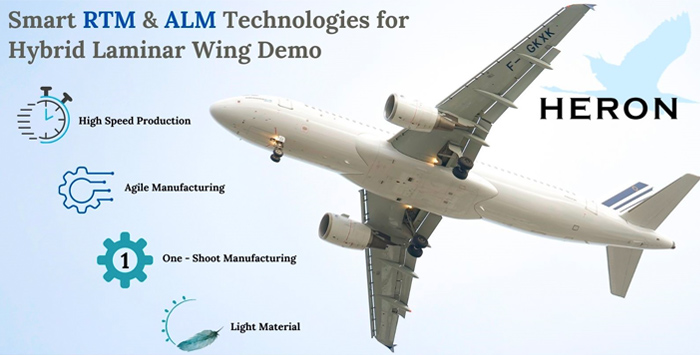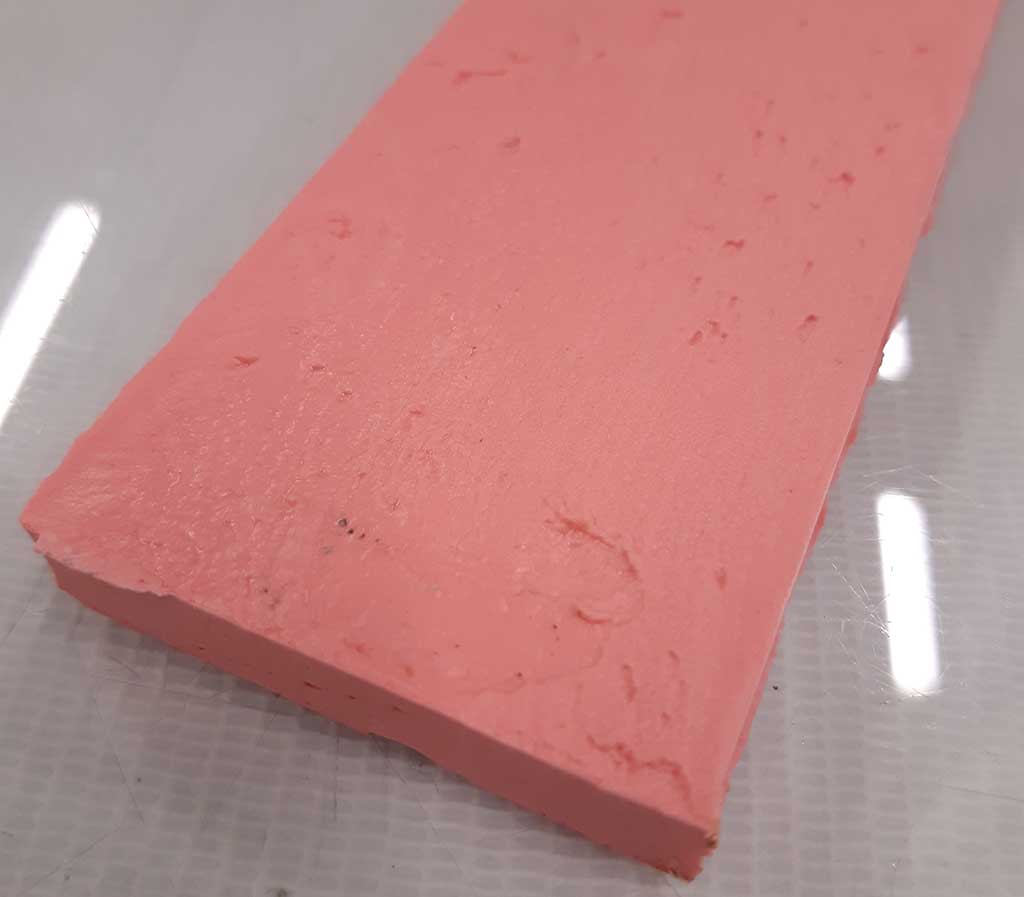As you may know, each industrial sector can help address climate issues at various levels. The challenge for aerospace companies is even bigger as aviation is responsible for 12% of CO2 emissions from all transports sources, compared to 74% from road transport.
This explains the number of projects that have been launched to improve production systems of the aeronautical industry. Another project that is currently addressing this issue is HERON, a project funded by the European Commission and led by the AITIIP technology center in Spain. The British company Alchemie Ltd and the multinational company AERNNOVA also involved in the project, represent the interests of Clean Sky 2 Joint Undertaken (CS2JU). ALCHEMIE Ltd especially, leads the development of new polymeric materials for additive manufacturing.
The project ambitions to make production processes profitable by adopting the circular economy throughout the aeronautical value chain, so that the aircraft of the future consume less fuel in flight and reduce their CO2 emissions by 30%. In this regard, the technologies and tools developed at HERON seek to improve processes and structures, as well as a reduction of the production cycle time by 30%. This, in turn, will cut down manufacturing costs by 20%, energy consumption by 25% and environmental impact both in the production environment and in the air.
The first stage consists in the development of the tooling of a specific section of the wing in order to manufacture three parts of an aircraft wing demonstrator: the leading edge, the torsion box and the trailing edge.
While the AITIIP team is studying the technical parameters and kinematic and aerodynamic properties of what will be the wings of the aircraft of the future, Alchemie is currently formulating a 2-component polyurethane system suitable for 3D printing large components.

The polyurethane system was intended to be applied through an automated mixing and dispensing machine, with the key requirements being a long open time to allow large components to be printed and a fast cure speed to allow rapid production of components. The system was also required to have low density (in the region of 0.6gcm-3), high strength in order to withstand the harsh processing conditions and be non-sagging, to allow the production of complicated components, including components with overhanging sections.

Following an extensive R&D process, Alchemix PU 3721 has been developed. The targets of low density, high strength and non-sag have been met. Significant work has also been carried out to optimise the manufacturing process, allowing the consistent production of large batches of material. PU 3721 is undergoing extensive trials on the automated dispensing equipment at AITIIP.
Remember, you can post job opportunities in the AM Industry on 3D ADEPT Media free of charge or look for a job via our job board. Make sure to follow us on our social networks and subscribe to our weekly newsletter : Facebook, Twitter, LinkedIn & Instagram ! If you want to be featured in the next issue of our digital magazine or if you hear a story that needs to be heard, make sure you send it to contact@3dadept.com






